Überblick
The survey region lies in the northern western Delta, in the Governorate of Kafr esh-Sheikh, some 130 km northwest of Cairo. The northern border of the study region lies some 30 km south of the Mediterranean coast and some 15 km south of the shore of Lake Burullus (latitude: 31.277568). In the southwest, the area examined extends to the Nile branch of Rosetta (latitude: 31.038991, longitude: 30.662829). The modern Delta is a flat, very fertile region crossed by many artificial waterways both large and small. Today, this landscape is characterised by intensive, year-round agricultural use. The Delta presents a slight downhill gradient from south to north. An elevation disparity of some 5 m is observable within the survey area: from the lowest-lying region in the north east, which evidences an elevation of just over 0 m NN, to the south-western edge, which possesses a ground elevation of 5 m NN. During the Roman and Late Roman periods, Lake Burullus was considerably smaller than charted on 19th century maps. Today, the settlement sites of these epochs partially protrude from the waters as islands. Intensive land reclamation measures during the 20th century led, in turn, to a marked reduction of the lake’s extent, and an expansion of the habitable area and the agriculturally viable land far to the north.
Team members:

